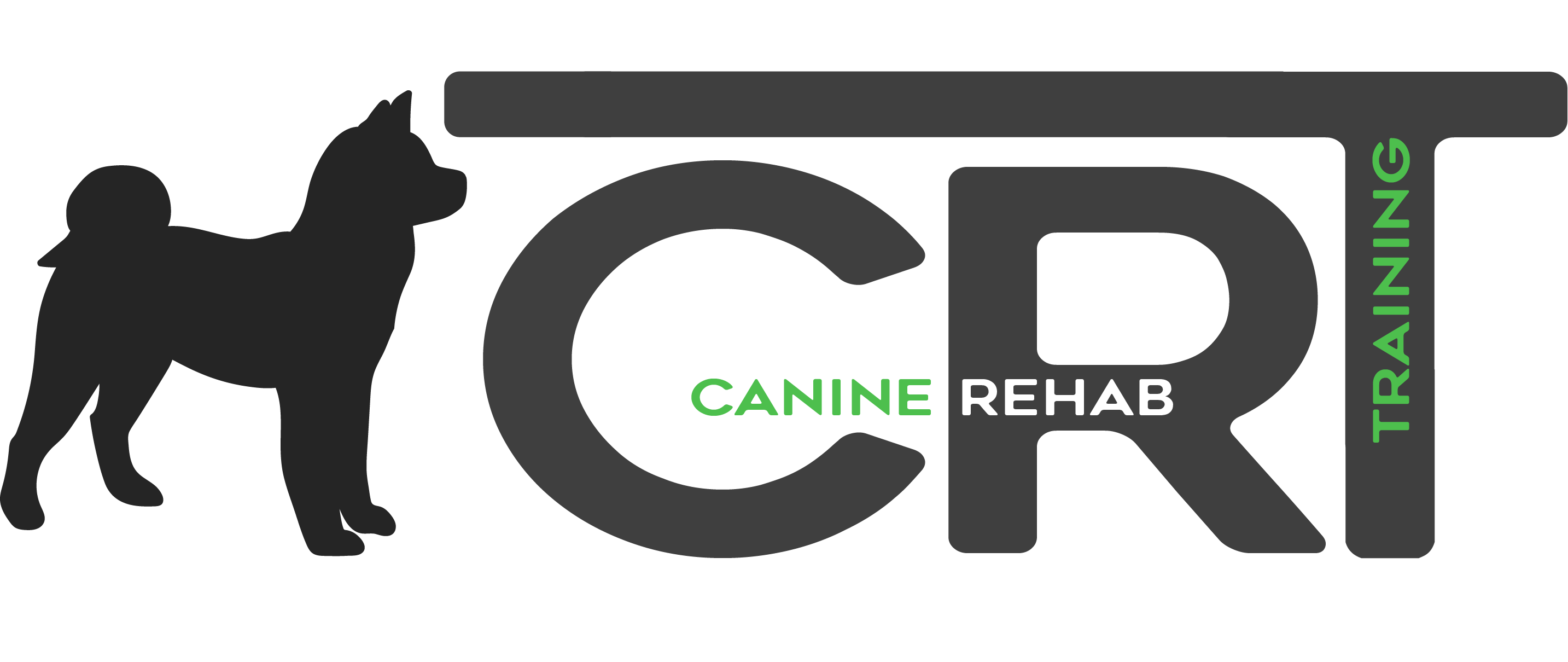What is Dog Reactivity
Welcome to CRT K9, where we not only love dogs but also live to understand every nuance of their behavior. Today, we’re diving deep into a topic close to many dog parents’ hearts: dog reactivity.
Dog reactivity can often feel like navigating through a storm without a compass. It’s unpredictable, sometimes scary, and always a challenge. But fear not! We’re here to provide you with the most comprehensive guide to understanding, identifying, managing, and supporting your reactive furry friend.

What Is Dog Reactivity?
First things first, dog reactivity is not aggression. It’s an overly emotional response to specific stimuli, which can include other dogs, humans, noises, or even moving objects. Reactivity can manifest in various ways, from barking and lunging to more subtle signs like freezing or excessive licking.
Understanding that reactivity is a spectrum is crucial. Some dogs might react only in specific situations, while others might seem to find every leaf that falls from a tree a potential threat. The common triggers? They can range from environmental to social and even situational.
Spotting the Signs of Reactivity
Recognizing reactivity in your dog involves keen observation. Signs can be as overt as growling and snapping or as subtle as a tucked tail and pinned ears. The key is to watch for changes in your dog’s body language that indicate discomfort or distress.
Differentiating between fear-based, frustration-induced, and territorial reactivity is essential for understanding how to help your dog. Each type comes with its own set of behaviors and requires a unique approach in management.
Why Do Dogs Become Reactive?
The million-dollar question, right? Reactivity can stem from a mix of genetic predisposition and environmental factors. Early socialization (or the lack thereof), previous negative experiences, and even inconsistent routines can contribute to a dog’s reactivity.
It’s a classic nature vs. nurture scenario, where both play significant roles in shaping your dog’s behavior.
The Path to Management and Support
Here’s where things get hopeful. Yes, managing a reactive dog requires patience, consistency, and a lot of love, but it’s entirely possible. The first step? Professional assessment. A veterinarian or a canine behaviorist can offer invaluable insights into your dog’s reactivity.
Training and behavior modification techniques are your best friends. Through positive reinforcement, desensitization, and counter-conditioning, you can help your dog learn to cope with its triggers in a healthy way.
Creating a supportive environment is equally important. This means reducing stressors in your dog’s life and providing safe, calm spaces where they can relax without fear of encountering their triggers.

Preventing Reactivity Before It Starts
Prevention is better than cure, they say, and they’re not wrong. Early socialization and exposure to a variety of stimuli can help prevent reactivity from developing. Consistent training and positive reinforcement from a young age build a strong foundation of trust and confidence between you and your dog.
Regular exercise and mental stimulation are also key to preventing boredom and frustration, which can lead to reactivity.
Living with a Reactive Dog
Living with a reactive dog is a journey, not a destination. It’s about daily management strategies, understanding, and adaptation. Exercise, routine, and avoiding known triggers can make a world of difference.
Navigating public spaces with a reactive dog requires preparation and safety measures like leashes, muzzles, and even training vests that signal to others that your dog needs space.
Communication is crucial. Letting others know about your dog’s reactivity helps manage situations before they escalate. It’s not just about protecting your dog but also about educating others and advocating for reactive dogs everywhere.
Conclusion
Understanding dog reactivity is the first step towards a happier, healthier life for you and your dog. With patience, love, and the right strategies, navigating your pet’s emotional turmoil becomes a journey of growth for both of you.
Remember, every dog deserves to feel safe, understood, and loved, reactivity and all. And as always, CRT K9 is here to support you every step of the way.
Happy training, and here’s to understanding our furry friends a little better each day!
